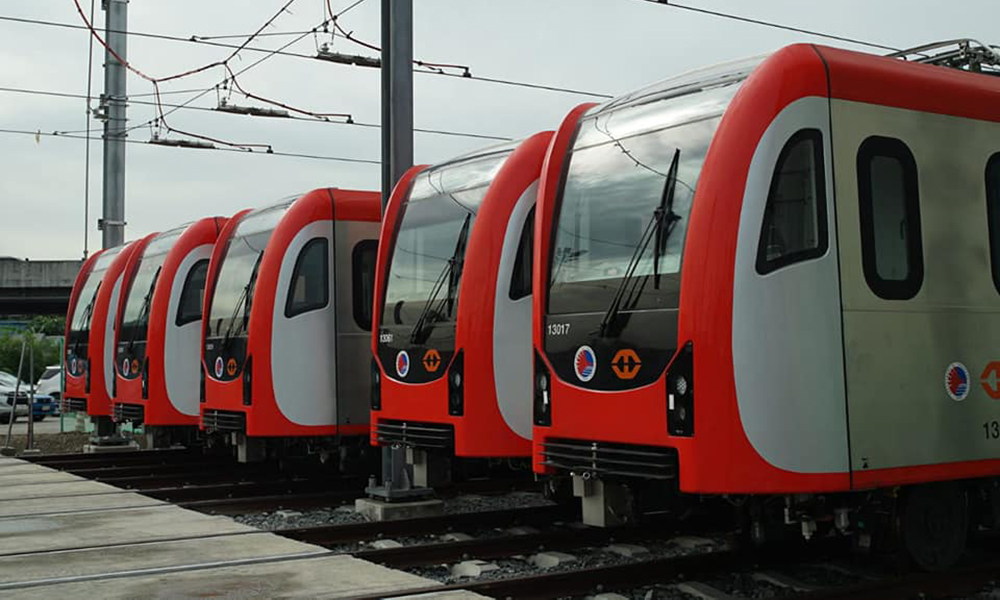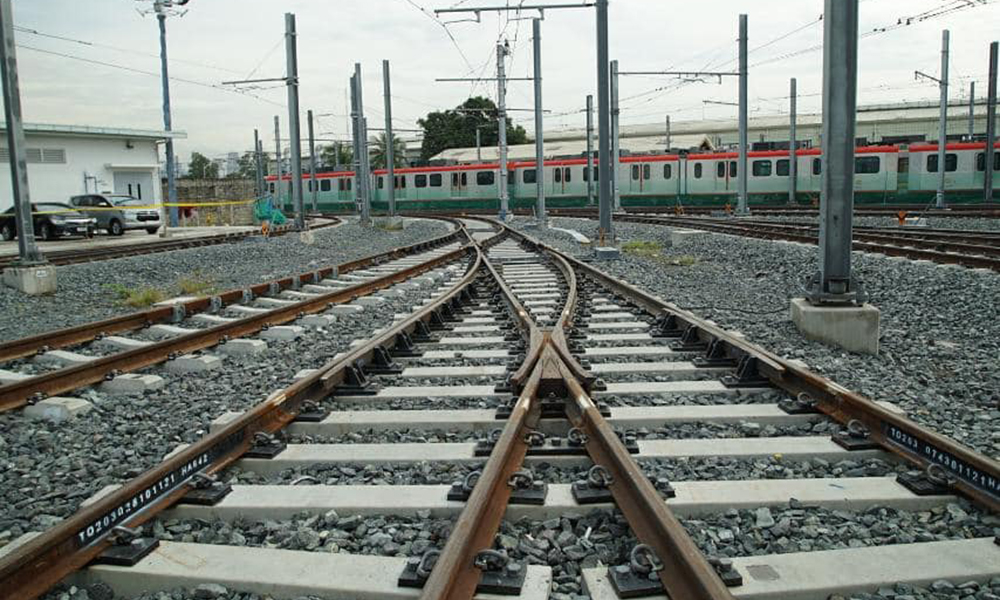
While the current administration is at its twilight, with elections around the corner, it seems like the people at the Department of Transportation are working tirelessly to deliver more infrastructure projects as quickly as possible that should help alleviate the transport and mobility problem—in particular for the people living in the southern suburbs of the metro.
DOTr Secretary Art Tugade, speaking at the recent ground-breaking of the Baclaran Depot Expansion, identified three major milestones that the project achieved recently: the start of the arrival of the latest fourth-generation light-rail vehicles (LRVs) for LRT-1, which will be deployed in stages starting this second quarter of 2022 on its existing Baclaran-to-Roosevelt line; the erection of the last span of vertical structures for the project’s first phase, which was completed last February 7; and the completion of the civil works for the LRT-1 Cavite Extension’s Baclaran Depot. This has been long delayed due to a variety of issues, but was planned and initially implemented as far back as 2000.
The Baclaran Depot expansion adds 4.2 hectares to the existing 6.4 hectares, bringing the total depot size to 10.6 hectares. This increases both stabling and maintenance capacity—a crucial step to be able to sustainably support the increase in LRV and ridership numbers, which DOTr expects to go up from the existing 500,000 riders to 800,000 riders when the extension is finished and the entire length of the transit line is fully operational.
Twenty-one stabling and maintenance tracks will be added to the existing 45 tracks, and maintenance capacity will be up from 30 LRVs to a total of 48. The total stabling capacity will increase from the existing 130 LRVs to a total of 182.

Aside from the Baclaran Depot expansion, there will be a satellite depot that is also nearing completion, presently at 93.36%. The New Zapote Satellite Depot, as it is known, covers an area of 4.3 hectares, with a handling capacity of 80 LRVs and featuring 22 stabling and maintenance tracks, further future-proofing the transit line for greater development and expansion (as well as ensuring quality service and maintenance of its LRVs).
The Japan International Cooperation Agency has been instrumental in the development of various infrastructure projects, especially our transit systems. Its senior representative Kenji Kuronuma was quoted as saying: “JICA, as your development partner, has remained steadfast with its mission and vision for the development of the Philippines. Our key direction to achieve high-quality growth for the Philippines by decongesting Metro Manila shall continue to be enforced for the country’s ‘Build, Build, Build’ program.”
Once completed, the LRT-1 Cavite Extension will reduce travel time dramatically from Cavite to Baclaran from the average 75 minutes to a swift 25 minutes. It will help decongest major roads like CAVITEX and Coastal Road Highway, and service the communities in Parañaque, Las Piñas and, of course, the province of Cavite. There will be eight additional stations from Redemptorist Road to the terminus at Niog Station. It will also help speed up travel time from south to north from Niog to Roosevelt Avenue Station in Quezon City to just an hour, from the current three hours using a car during peak times.
Let’s hope that with a new administration coming soon, the momentum of all these infrastructure projects will continue so that they will help the country progress further, generate more jobs, and improve the overall quality of life for every single Filipino.


0 Comments